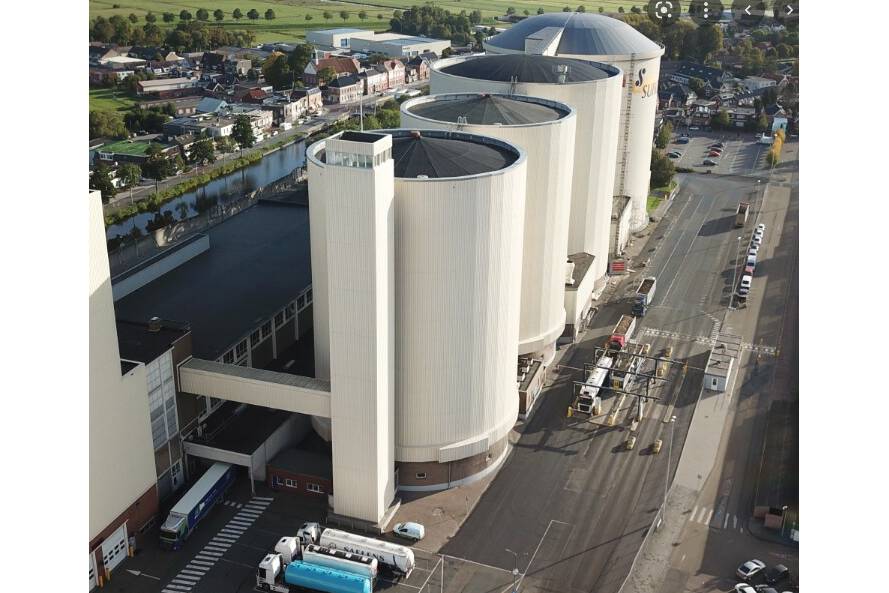Designing a conveyor system that precisely matches your process requirements can be complex—unless you use the right tools. At Jansen&Heuning, we’ve developed an intuitive and technically robust online calculation program that enables engineers and plant designers to quickly generate basic designs for various bulk handling systems.
The tool allows the user to calculate the optimum specifications for five different conveyor types:
- Belt conveyors
- Chain conveyors
- Screw conveyors
- Bucket elevators
- Frame belt conveyors (including support structure design)
Each module is tailored to the specific mechanical and operational characteristics of the system type, providing accurate results based on your input values such as product properties, capacity, dimensions, and environmental factors.
Comprehensive Input Possibilities
The tool supports a wide range of bulk solids with a built-in material database containing densities and friction values for hundreds of products—from waste water sludge and fertilizers to grain, powders, and chemicals. You can also manually enter your own material parameters if needed.
Calculation parameters
- For every system type, users can define:
- Bulk density and dynamic angle of repose
- Conveyor length, inclination, and speed
- Capacity in tons per hour or m³/hour
- Drive configuration (motorized drum, worm gear, standard motor)
- Belt width, diameter of drums, and tension systems
- Number of trough angles and contact rollers
- Chain pitch, type and number of teeth for chain conveyors
- Bucket type, spacing and speed for elevators
- Construction loads and beam geometry for frame belt conveyors
This ensures that your calculation reflects the exact conditions of your intended application.
For engineers who require deeper control over system parameters, the “Extra Options” tab provides a valuable layer of configuration. This section allows you to simulate advanced use cases and match real-world working conditions more closely—ideal for non-standard materials or challenging installations.
You can configure belt support conditions by choosing between idlers, sliding on steel, or sliding on fabric, each affecting friction behavior and energy consumption. The environmental setting lets you select from clean/dry, dusty/dirty, or corrosive/aggressive conditions—critical for determining wear resistance and system longevity.
Additionally, the tool enables you to specify the presence and thickness of belt scrapers, as well as side guidance distances, which directly influence material containment and spillage prevention. The belt tensioning system can also be defined—options include spindles, automatic tensioners, or weight-based systems—ensuring proper tension is maintained under varying loads.
To enhance safety and accuracy, the tool allows you to adjust the belt tension safety factor and define non-standard drum contact angles or additional driven rollers with angles over 90°. These adjustments help to reflect complex routing or high-friction scenarios in your design.
With these detailed parameters, the calculation tool goes beyond basic design and allows for precise adaptation to your specific technical and operational requirements.
Instant Output
- Total power required
- Minimum belt/chain strength
- Driveline configuration
- Structural loads on frames
- Revolutions per minute for motors
The calculation program is free to use for everybody. Visit our website for your personal calculation. Need assistance? Don’t hesitate to give us a call.




